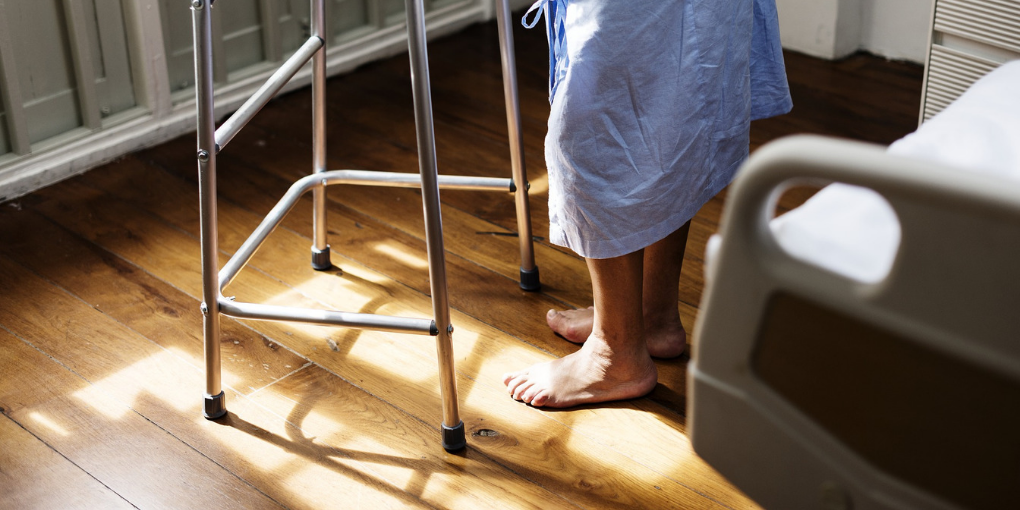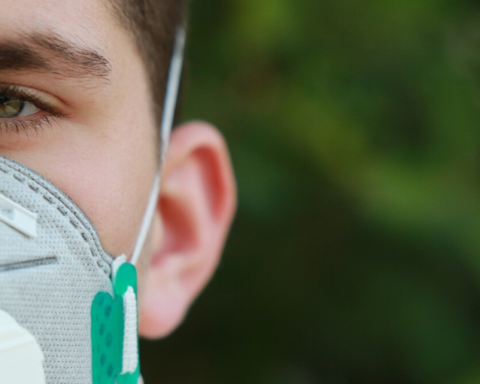The average country in the OECD index utilizes between 7.2% and 8.8% of their national budget on public healthcare. In 2018, the global OECD average spend was 8.8%, yet Israel remained well below at 7.6%. The numbers show that healthcare expenditure in Israel remains fairly stable since 2000, as it typically falls between 6.9% and 7.4%. According to the Central Bureau of Statistics, healthcare spending increased by 4.3% in 2018, meaning that about $3,000 was spent per person annually.

While healthcare funding seems steady, there is a growing gap in terms of where healthcare funds are used, with many who live in poor socioeconomic situations being challenged to access healthcare. For those in a wealthy situation, the private sector is more desired and fruitful. As the Israeli system has no regulations of the private medical sector, as demand grows, prices do too.
About 40% of the national budget is used towards healthcare, including building health facilities, purchasing hospital equipment, and financing healthcare providers. An additional 24% comes from public health taxes. Around 21% is spent towards private medical services, and about 13% of national expenses are used to support healthcare nonprofits insurance and needs.
The average global healthcare expenditure for Israel is 64%, which falls below the global average of 74%. The increase in private spending facilitates a wider gap in social classes, and accessible healthcare services. Medically trained professionals in Israel are decreasing at a concerning level, with only 5 nurses per 1,000 patients, while the OECD average is 9.3. Perhaps now attention and funds should be directed to ensuring widespread quality, training and accessibility to those in need.








